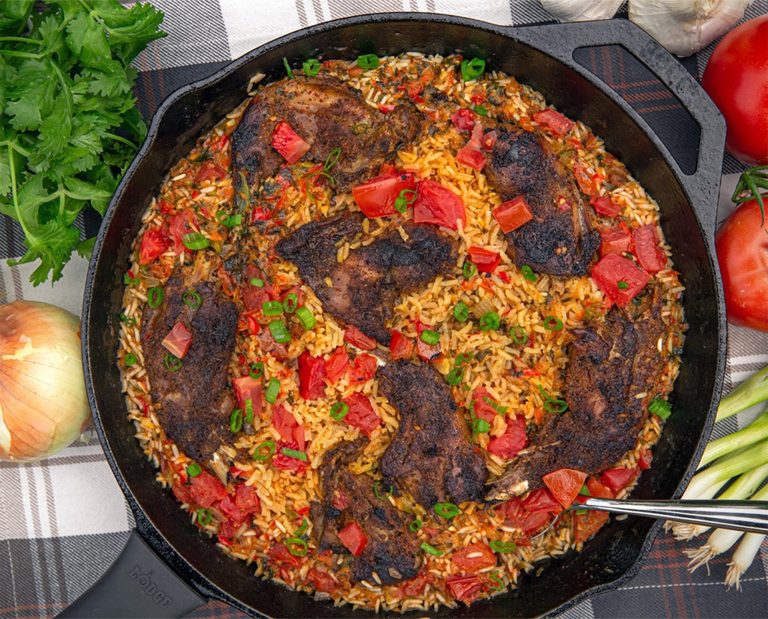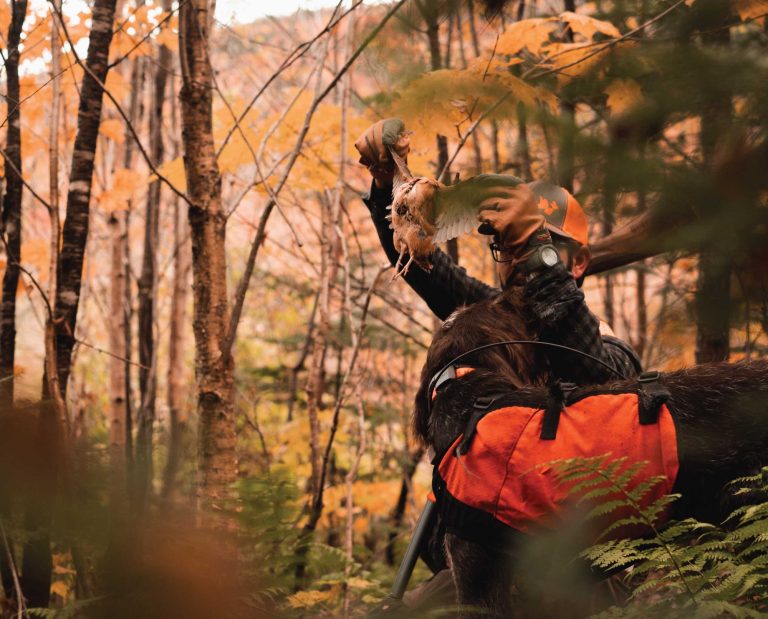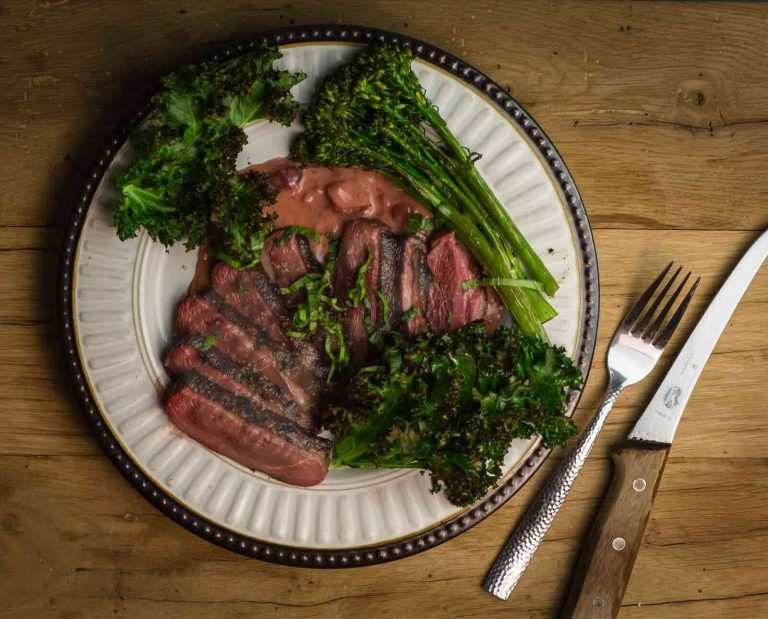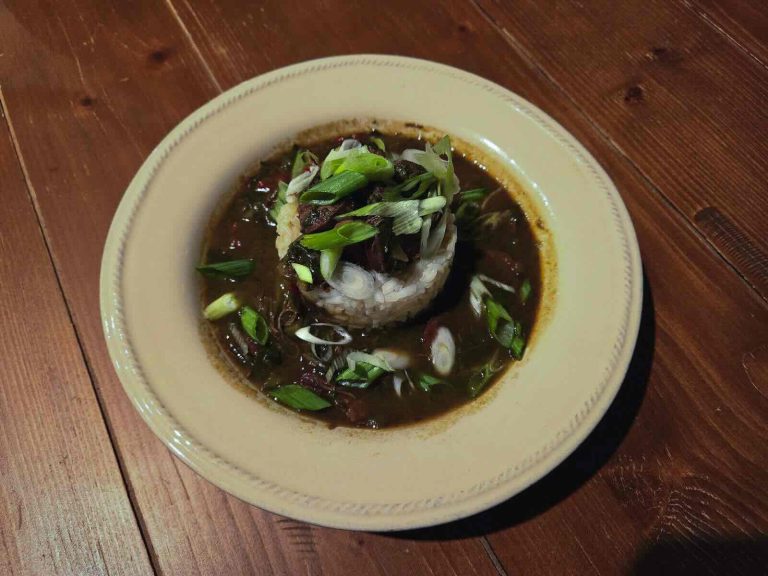Woodcock and Grits
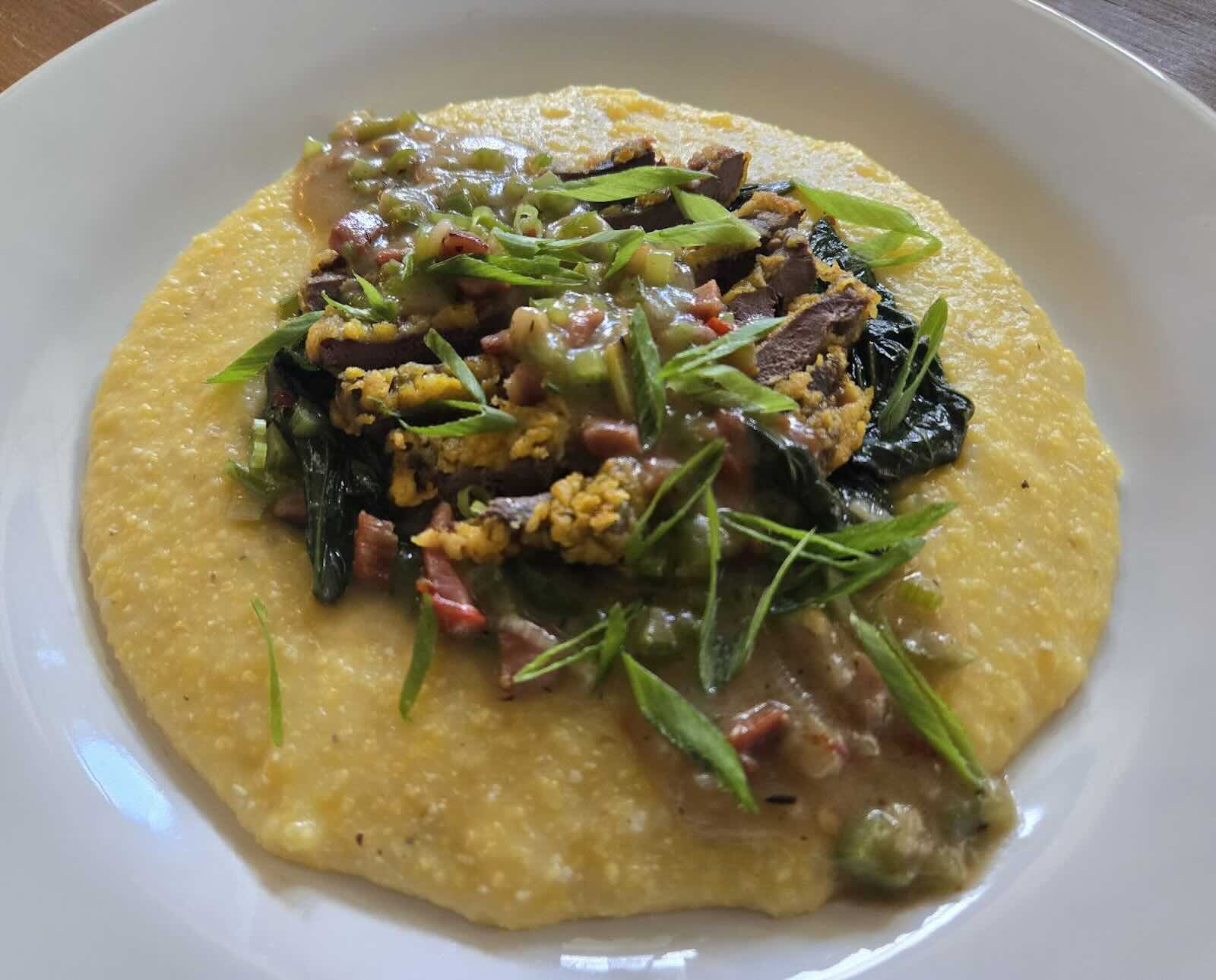
If you’re gonna cook a southern-style woodcock dinner, do it right.
I have a confession: I haven’t always liked grits. My first encounters with grits were of the instant kind. Much like instant rice, steam-in-the-bag veggies, and pretty much everything else designed to eliminate labor from cooking, instant grits aren’t very good. That statement may seem unremarkable to those of you who didn’t grow up in the southeast, but this was a big deal during my childhood. Loving grits was expected of me, and the fact that I didn’t must mean I’m not a real southerner.
I’ll never forget when I had my grits epiphany. It was a rare frosty morning in early November in the South Carolina upstate. I had spent the past few hours regretting the previous night’s festivities and my clothing choices in a deer stand on a college friend’s family farm. Once the truck warmed up and our extremities thawed, my buddy drove us to a place called Grits and Groceries. There, at the crossroads of SC 185 and Trail Road, a surly waitress scoffed at my request for hashbrowns to be served alongside my over-medium eggs and sausage. I was a little too hungover to argue about it, so grits was what I got, along with a blown mind.
In the following years, I finished college and moved into my first apartment with my now-wife. As we cooked more meals at home, I tried to recreate the texture and taste of those grits in my own kitchen, failing miserably the first hundred or so times. I fell into the trap that so many do, thinking that creamy grits require the addition of heavy cream or cheese or some combination of the two. Nope. Like most things in life, time, attention, and lots of practice produce a worthwhile result.
Creating memorable grits also benefits from the main cooking tip I give anyone who asks me: don’t walk away from the pan. This is one of those recipes that calls for a drink and a favorite album playing in the background; you’re gonna be at the stove for a bit.
WARNING: If you’re French, or your opinions on cooking could pass for those of someone from France, you should probably stop reading. I’m about to instruct you to dredge woodcock breasts in yellow mustard.
Another thing I learned in college in the great state of South Carolina is that there exists a food preparation known as “mustard-fried.” I was skeptical the first time I watched a friend bathe venison cube steaks in yellow mustard, then dredge them in seasoned flour before lowering them into smoking hot peanut oil. It took me all of half a second to become awestruck after trying a bite. I decided to try this out on woodcock because I thought the acidity of the mustard would contrast well with the earthiness of the bird. I couldn’t have been happier with the result.
The mustard/woodcock combination is definitely something I’ll be exploring further. For the breader, I use Moss’ Chicken breader from Buffaloe Milling (I also used their yellow grits for the other half of this recipe). The good folks in Kittrell, NC, have no idea I’m writing this, and Project Upland isn’t receiving anything in return. But if you’re gonna give the full southern foodways treatment to a woodcock, you might as well do it right.

Woodcock and Grits
Ingredients
Method
- Add 2 tbsp salt and the bay leaves to a large pot with the water and bring to a boil. Stir in the grits and boil for 1 minute, then reduce heat to low.
- Stir the grits frequently with a silicone scraper, taking care to unstick any bits from the bottom of the pot.
- Continue stirring for 30-40 minutes while you dice the veggies and country ham.
- When the grits begin to stand on their own after stirring (you’ll start seeing the bottom of the pot when you stir with the scraper), add the Worcestershire, Tabasco, and 2 tbsp butter.
- Cover the pot and place on a warming station.
- In a heavy-bottomed skillet, heat 2 tbsp peanut oil until shimmering. Then, add the sweet potato greens and wilt until they’re reduced in size by at least half. Sprinkle with a dash of salt and then set them aside on a plate.
- Add 1 tbsp of peanut oil to the pan and heat until shimmering, then add the diced country ham and saute until browned on all sides and fond is beginning to develop.
- Add the diced vegetables and thyme and saute until translucent, about 2 minutes (if you like a darker gravy, extend this a bit until the fond develops further).
- Sprinkle the vegetables with the all-purpose flour. Stir to incorporate.
- Slowly whisk in the chicken broth, a half cup at a time, until you’ve used at least 2 cups.
- Reduce heat to the lowest setting and stir occasionally while you fry the woodcock breasts.
- Fill a cast iron skillet with peanut oil about 1 inch up the sides. Heat the oil to 400-425 F.
- Prepare 2 bowls for breading, one with the mustard and one with the breader.
- Bathe woodcock breasts in yellow mustard, then dredge them through the breader.
- Gently place the breasts in the hot oil, turning them with tongs until they develop a golden brown exterior.
- Remove the breasts and place on a paper towel to drain.
- Fill a shallow serving bowl with the grits. Tilt the bowl in a 360-degree motion to ensure the grits are evenly distributed.
- Place a bed of the wilted sweet potato greens on top of the grits.
- Top the greens with thinly sliced woodcock breast.
- Spoon gravy over the top, garnish with scallion, and enjoy!



